Credit Cards
What is a penalty APR and how does it work?
A penalty APR is a much higher interest rate that your credit card company can charge you if you make a late payment or go over your credit limit. Learn how it all works below.
Advertisement
Learn how this fee is calculated and how you can avoid it

In the credit card world, there are a few types of annual percentage rates. However, the ones you should keep an eye on are the standard APR and the penalty APR.
The latter is a punitive rate that card issuers use to discourage cardholders to partake in certain behaviors.
The penalty APR will generally cost a lot more than the standard APR, too.
Issuers can apply it to missing card payments, charges above a person’s credit limit and more.
But the good news is that there are ways to avoid it.
Below, we’ll dive into the meaning behind a penalty APR. We’ll look at how issuers calculate the fee, how it can affect your credit and more.
So keep reading to learn more on the matter and learn how you can steer clear of this hefty charge.
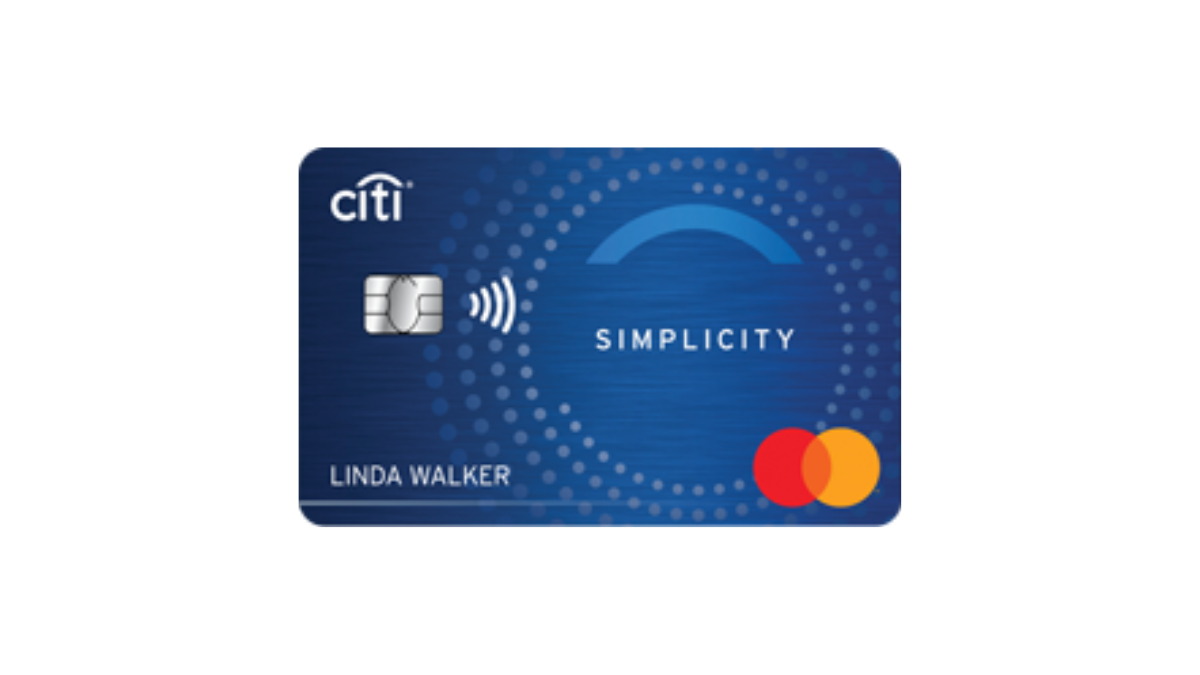
Citi Simplicity® Card: ultra-long intro 0% APR
Read this Citi Simplicity® Card review to find out how to get out of debt with this card's ultra-long 0% intro APR period.
What is a penalty APR by definition?
All credit cards have a series of different APRs, or annual percentage rates.
These interest charges apply to introductory offers, purchases, balance transfers and cash advances. The APR can be fixed or variable.
While a fixed APR remains the same, the variable alternative will go up and down according to the Fed’s rate.
What all credit cards have in common is that they carry another type of annual percentage rate in their terms. That is the penalty APR.
Penalty APRs are penalty interest rates that apply if you fail to make payments on your credit card.
They also apply if you go over its credit limit. This penalty rate is substantially higher than normal.
It can drastically increase the amount that you owe in interest over time.
These interest charges generally applies when your credit card issuer believes that you have acted recklessly or negligently with managing your credit card account.
Depending on your credit card agreement, penalty APRs can range from around 20% to upwards of 30%.
It is important to note that penalty APRs usually stay in effect until you pay the balance in full. So it’s important to take action quickly if/when it happens.
You will be redirected to another website
By submitting this form, I agree that I am 18+ years old and I agree to the Privacy Policy and Terms and Conditions. I also provide my signature giving express consent to receive marketing communications via automated emails, SMS or MMS text messages and other forms of communication regarding financial products such as credit card and loans. Message frequency varies and represents our good faith effort to reach you regarding your inquiry. Message and data rates may apply. Text HELP for help or text STOP to cancel. I understand that my consent to receive communications is not a condition of purchase and I may revoke my consent at any time.
How does a penalty APR work?
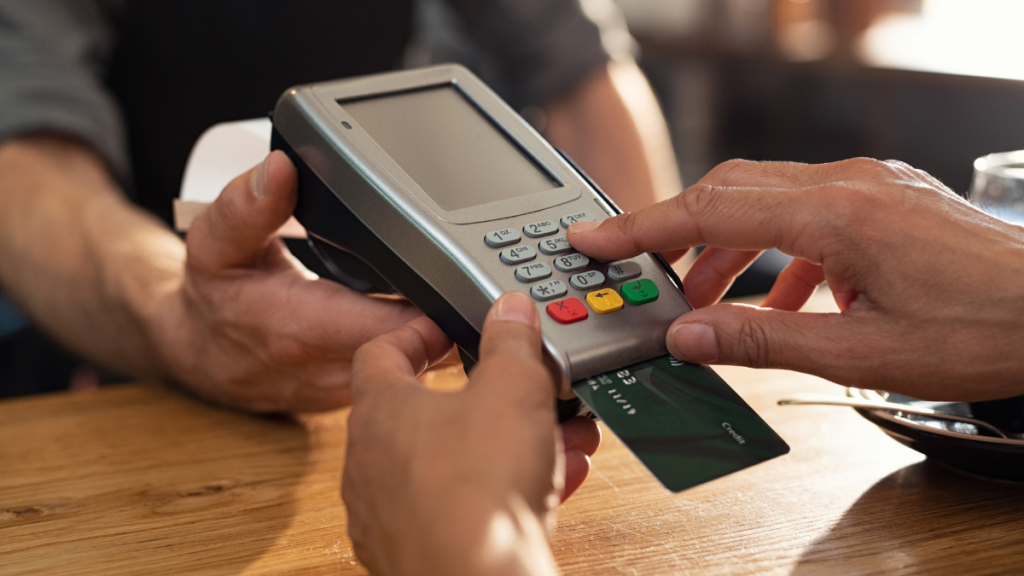
A penalty APR, also known as a penalty interest rate, is an elevated interest rate applied to your credit card account if you make late payments or break the terms of your agreement in other ways.
It generally applies after a period of time and it increases your monthly minimum payment amount.
Your penalty APR can be substantial – as high as 29.99% – so it’s important to be mindful of your credit card payments and how you use your card.
Most credit cards offer cardholders a 21-day grace period between the issued statement and when the balance’s payment becomes past due.
Therefore, you can take advantage of this period to avoid interest charges to your card.
As long as you manage to pay your full balance every month by the time it’s due, you won’t have to worry about the penalty APR or any kind of interest charges.
By missing a single credit card payment, you could trigger a penalty APR.
That interest will apply to any and all purchases you make after that missed payment. Not paying your balance for 60 days or more could be much more harmful.
If your account falls into delinquency, the issuer may apply the penalty APR to your entire statement balance plus future purchases.
But for that to happen, a few other things need to take place first.
The CARD Act of 2009
The CARD Act of 2009 provides several protections to consumers. First, it stops lenders from increasing credit card interest rates on existing balances.
This means that people are no longer subject to changes in their interest rate as a result of making late payments or missing one altogether.
Furthermore, the Act allows lenders to raise rates only for future purchases when a cardholder is at least 45 days late on payments.
The CARD Act also requires lenders to give consumers a 21-day grace period before charging interest on new purchases.
It also prevents them from retroactively increasing interest rates and fees as a penalty for cardholders who violate the terms of their agreement.
All credit card agreements must be clear and understandable, so that consumers can make informed decisions.
Lastly, the CARD Act requires lenders to give cardholders 45 days of advance notice before making any changes to the terms of their agreement.
These protections help ensure that credit cards are used responsibly and fairly.
Consumers can rest assured that they won’t be taken advantage of by lenders.
How is a penalty APR calculated?

The penalty APR on your credit card is generally based on a fixed rate plus the benchmark rate set by the Fed.
Their maximum percentage usually caps around 29.99%. That means that even if the Federal Reserve increases the rate, the APR won’t go over the limit.
Still, that’s an interest rate you’d like to avoid at all costs. The penalty APR will replace the standard variable rate at which your normal balance accumulates interest.
This rate is usually compounded daily. To find yours, just divide your card’s APR by 365 and apply that amount to your credit card’s daily balance.
How long does a penalty APR last?
A penalty APR typically lasts for 6 months from when the account was delinquent. After that period, the APR usually goes back to its regular rate.
However if your account remains delinquent, then you could be charged with continued penalty APRs for a longer time.
It’s important to reach out to your lenders and make sure that you are staying up to date with your payments in order to avoid extra charges.
How can you avoid a penalty APR?
One of the best ways to avoid penalty APRs is to pay off your balance in full and on time each month.
This may seem like a no-brainer, but it can be difficult with more expensive items or when you’re dealing with an unexpected financial emergency.
Make sure you plan ahead and budget for payments if possible. Additionally, if you know that you won’t be able to make a payment in time, contact your lender as soon as possible.
They may be willing to work with you or provide an extension on the due date.
Another way to avoid penalty APRs is to look for cards with no annual fees or late payment penalties.
While these cards may come with higher interest rates than other cards, this could potentially save you money in the long run if you’re able to pay off your balance each month.
Plus, some credit card companies offer introductory APR rates that can be quite low, so keep an eye out for those as well.
Finally, it’s important to be aware of your spending habits.
If you are consistently charging more than what you can pay off each month, then it’s probably time to assess your budget and cut back on unnecessary expenses.
This can help ensure that you don’t get stuck in a cycle of penalty APRs and high interest payments.
What Does 0% APR Mean?
0% APR, or annual percentage rate, is an offer from credit card companies to their customers. It means that for a fixed period of time, there will be no interest charged on any purchases made with the card.
However, it doesn’t really apply to everything, and usually there’s a catch.
Follow the link below to learn more on the matter and how to take advantage of this promotion.
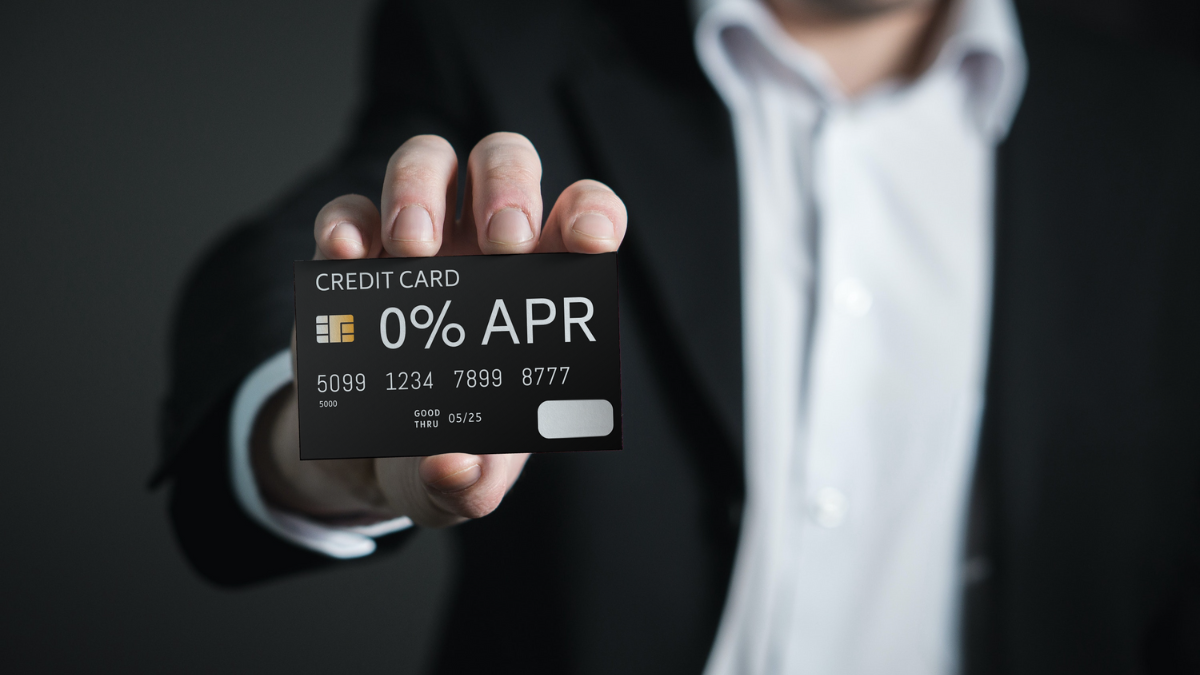
What Does 0% APR Mean?
In this article you are going to learn what 0% APR means, how it works, and how it can help or hinder your finances.
About the author / Aline Barbosa
Trending Topics

Choose your fitness and health apps to improve your routine
Are you looking for ways to stay healthy? If so, read on to discover the cream of the crop in fitness and health apps!
Keep Reading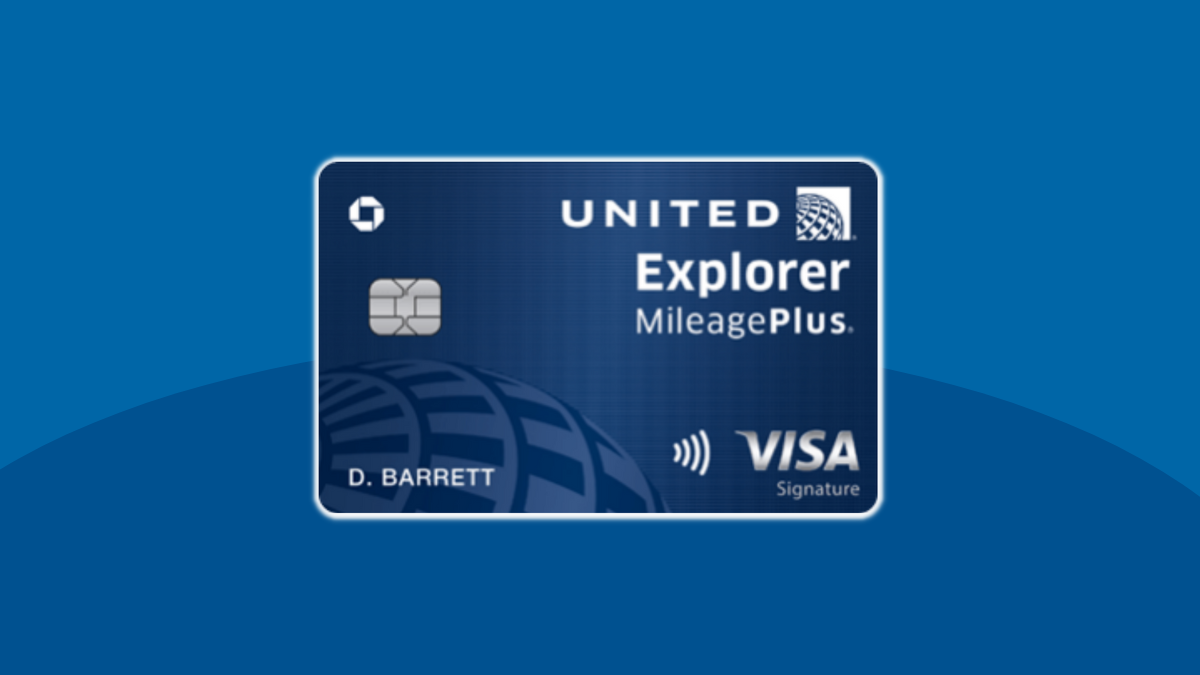
United℠ Explorer card online application guide
Read this United℠ Explorer card application guide to learn how to get this card and start enjoying its rich rewards!
Keep Reading
Credit.com application
Learn how the Credit.com application process works and get free score monitoring to help you better understand how to improve it.
Keep ReadingYou may also like
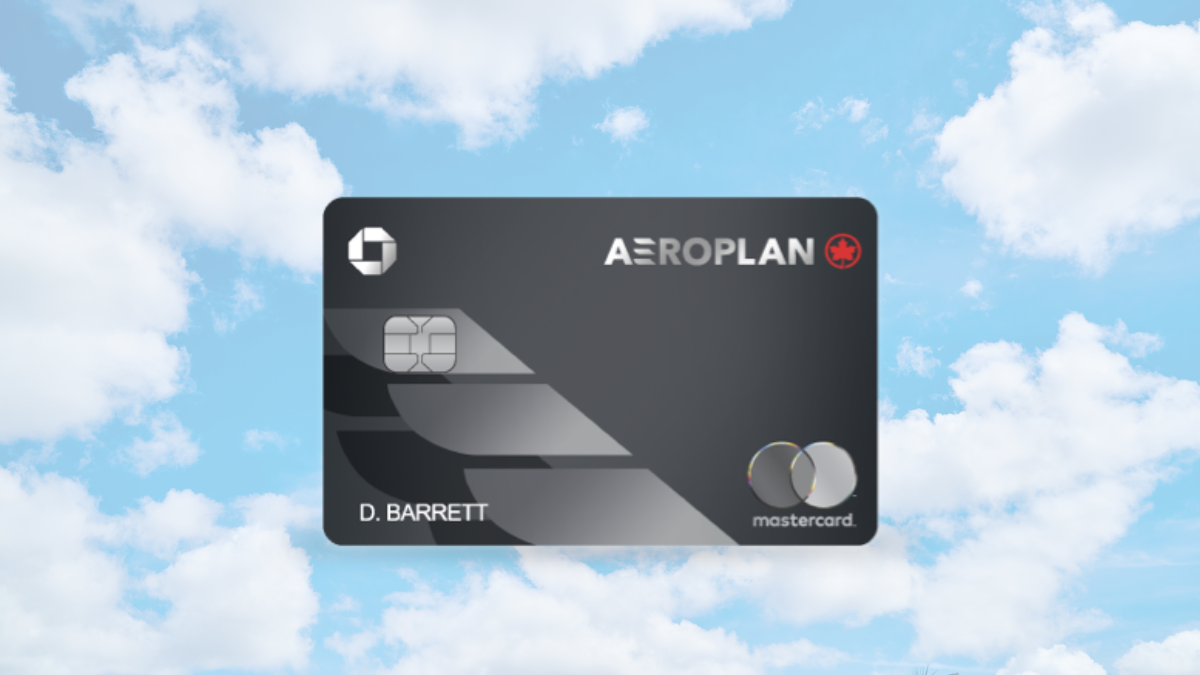
Aeroplan® Credit Card review: Loyal Air Canada customer? This is for you!
In this Aeroplan® Credit Card review, you will learn about this card's high earnings rate for loyal Air Canada customers.
Keep Reading
Application for the FIT® Platinum Mastercard®: learn how!
Thinking about applying for the FIT® Platinum Mastercard®? Learn everything you need to know in this comprehensive guide.
Keep Reading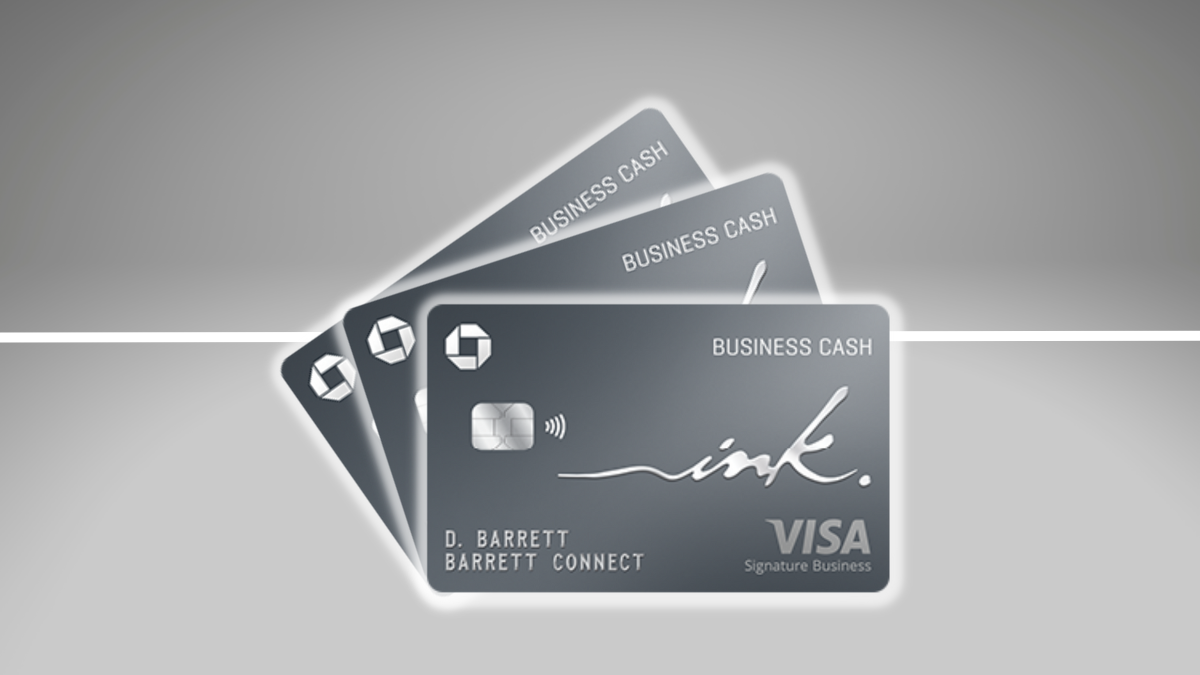
Ink Business Cash® Credit Card review: enjoy zero annual fee
In this Ink Business Cash® Credit Card review you will see how this card gives you an excellent welcome bonus, and much more!
Keep Reading